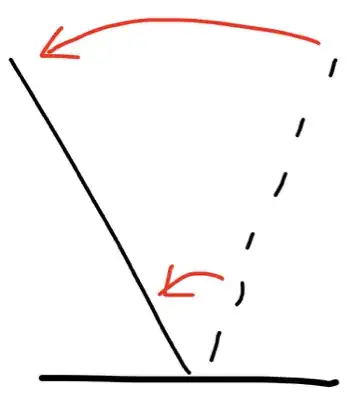Say you had a really long pole made of a super strong material, and at the you turned it through an angle of (for example) 45 degrees. Turning the pole through a small angle at the bottom would translate to a massive movement at the top of the pole, see picture:

Now, I did some calculations, and with "non-relativity" calculations came up with a scenario where moving the pole through a 45 degree angle in a minute would mean the pole would have to be approximately 24 billion meters tall for the top to go faster than 300,000,000 m/sec, according to Newtonian mechanics. Now, of course its not possible for the top to go faster than the speed of light, so what would happen? Would time dilation affect just the top and not the middle/bottom?
In the context of this question please assume that the material is super-super strong and somehow a future human race has found a way to build a 24 billion meter long pole, and that there's a planet somewhere where there are no other nearby objects with lots of gravity to pull the pole around in outer space. If these are entirely unrealistic assumptions (i.e. violates a law of physics), please say so!